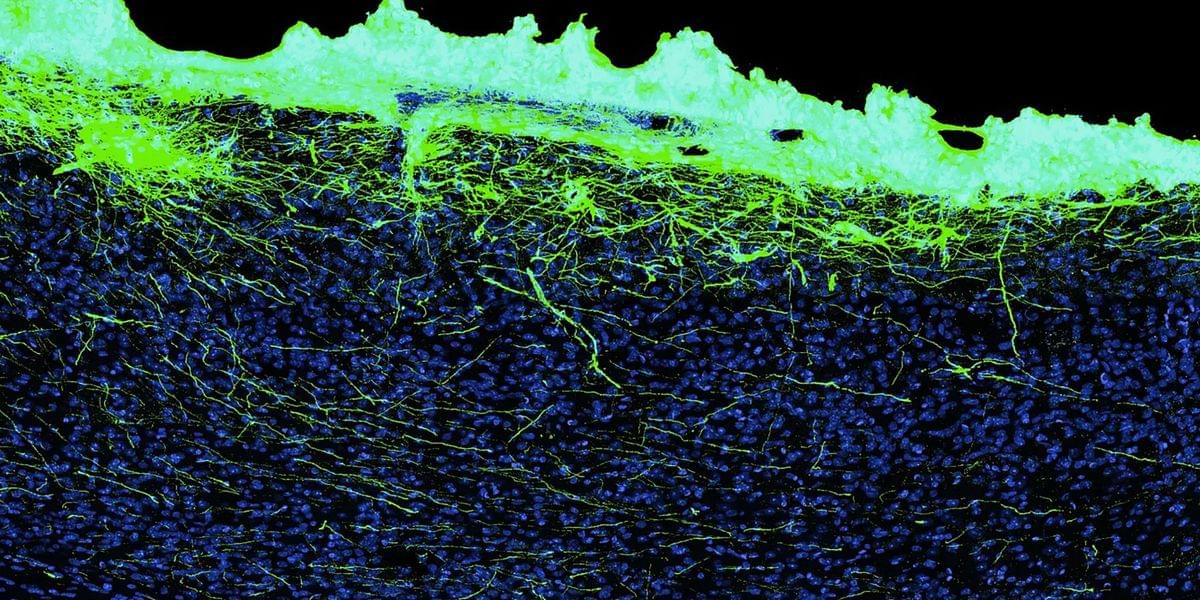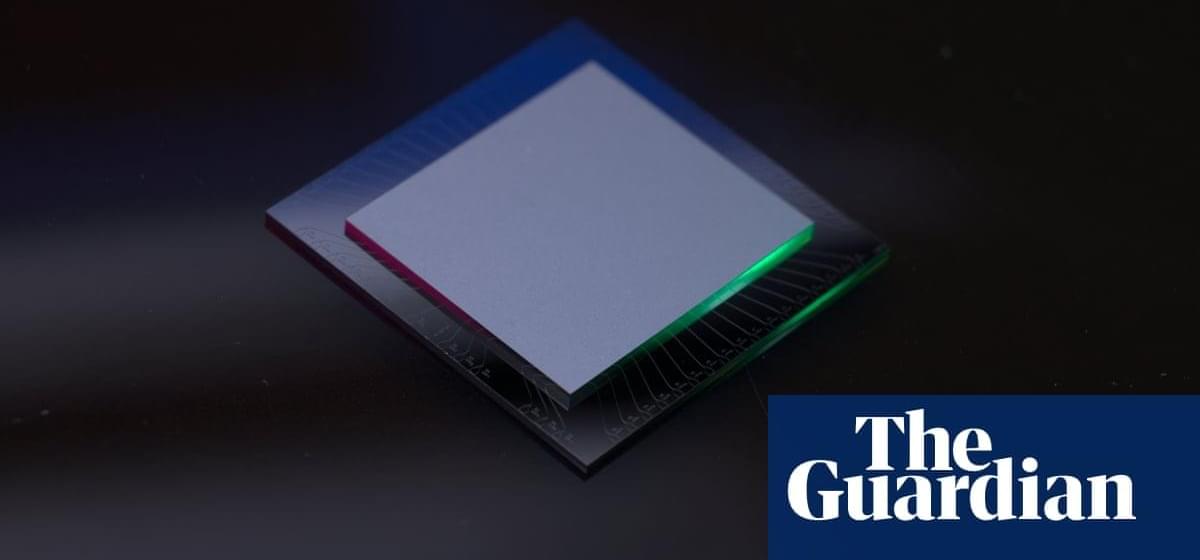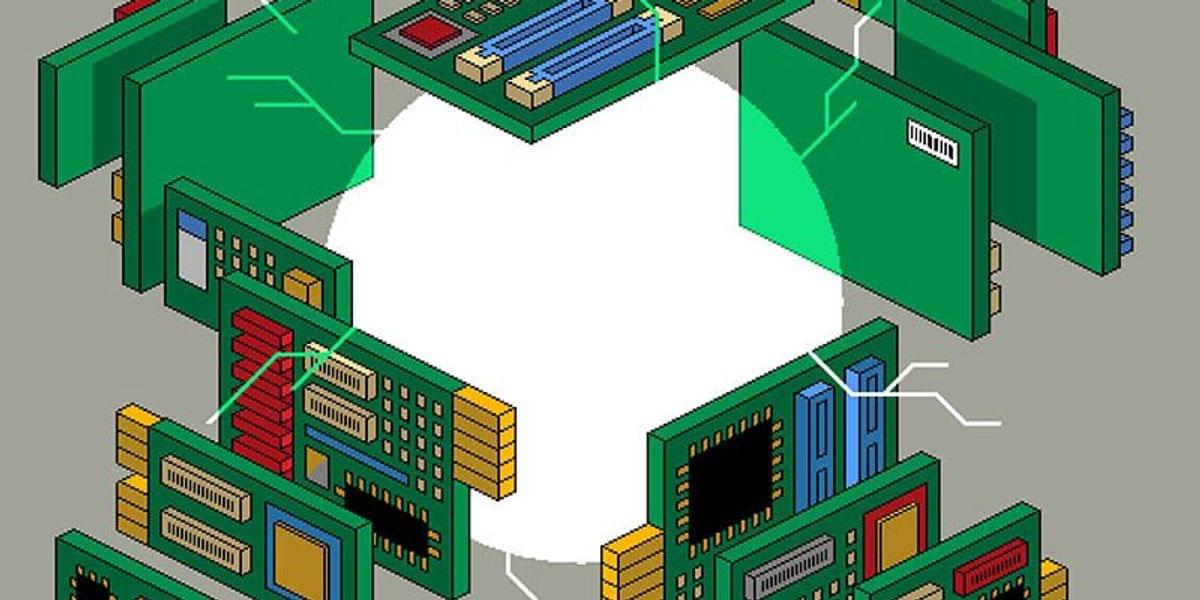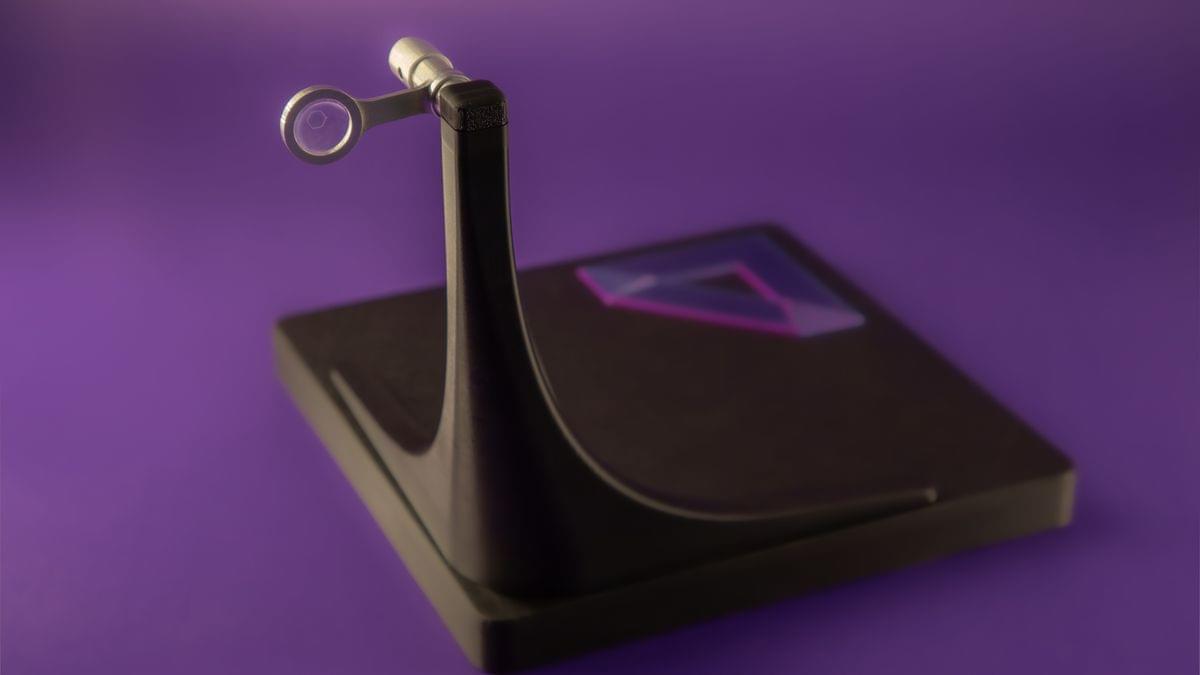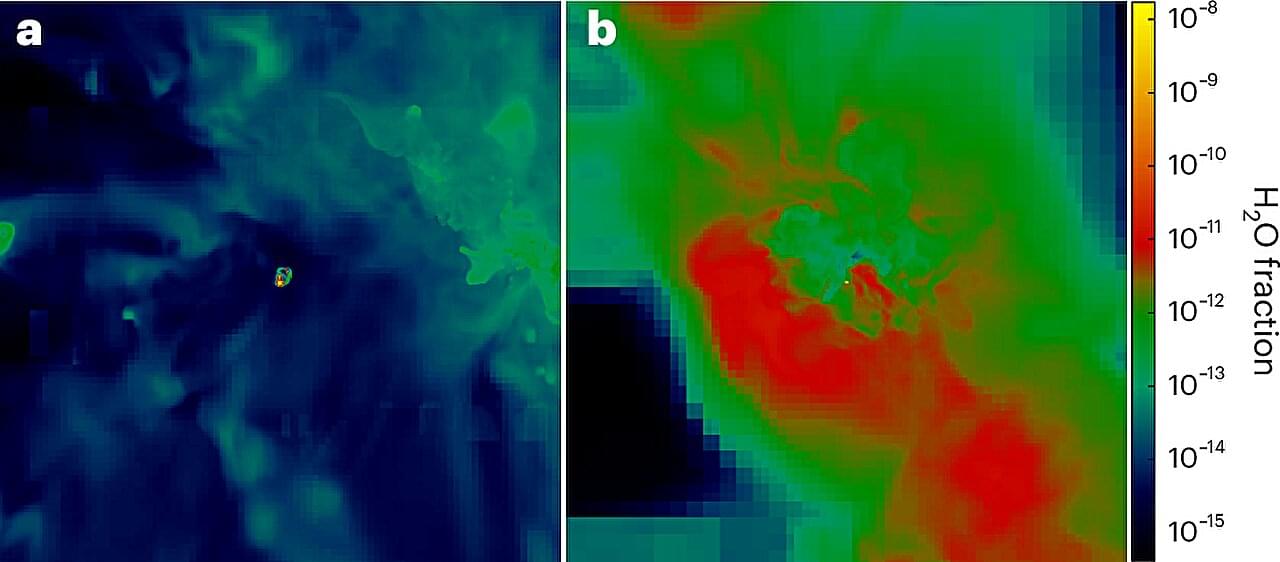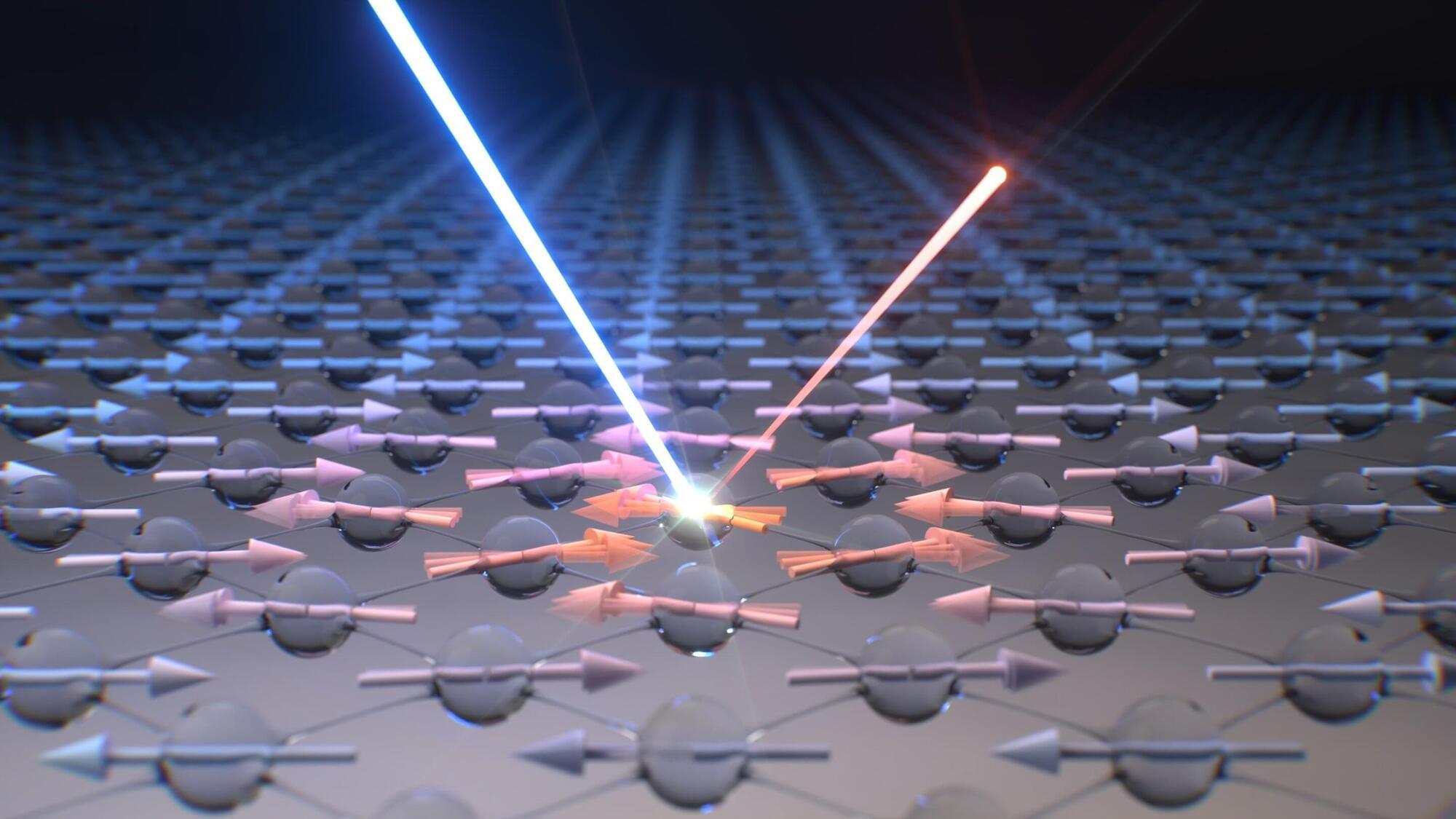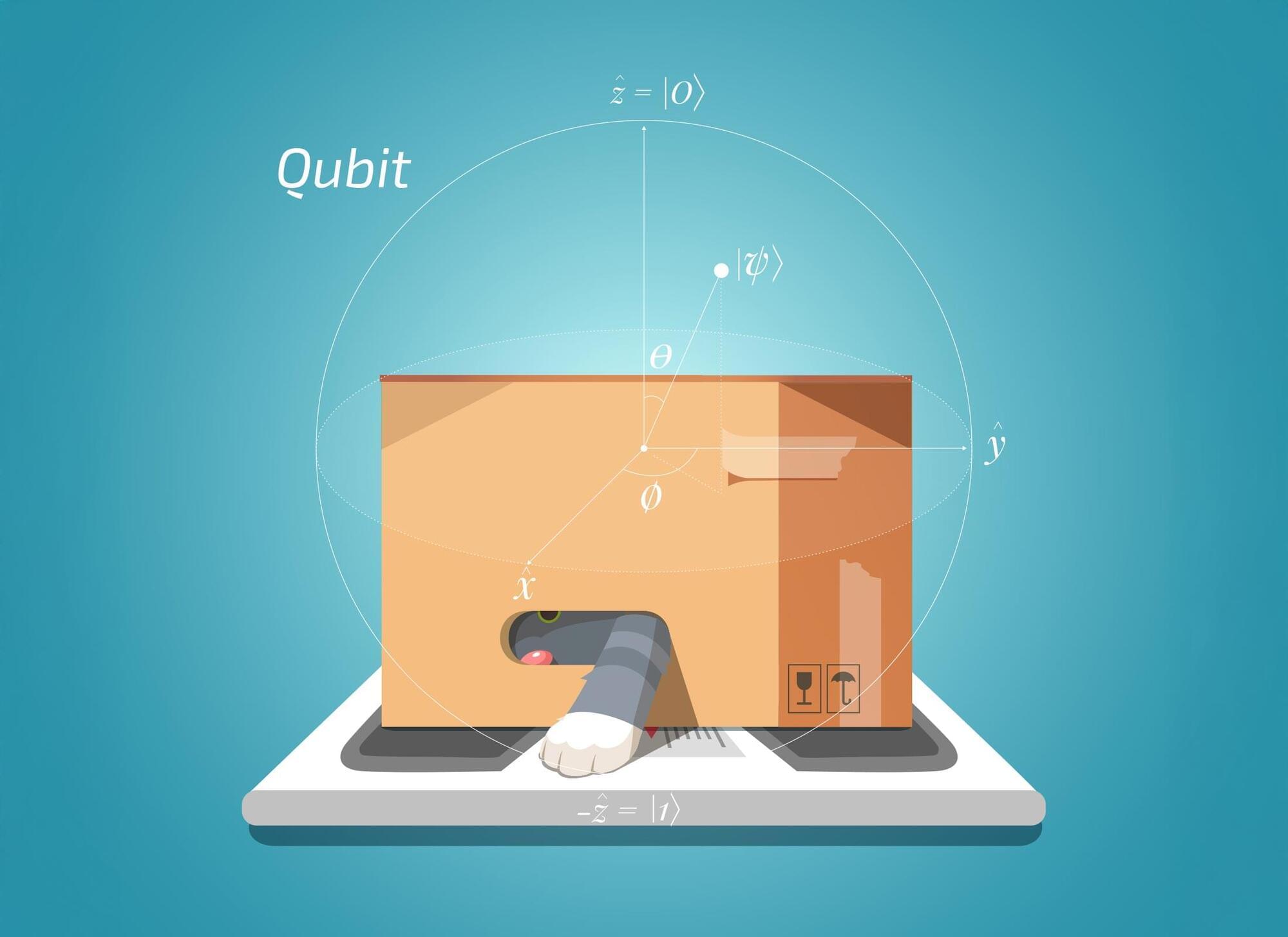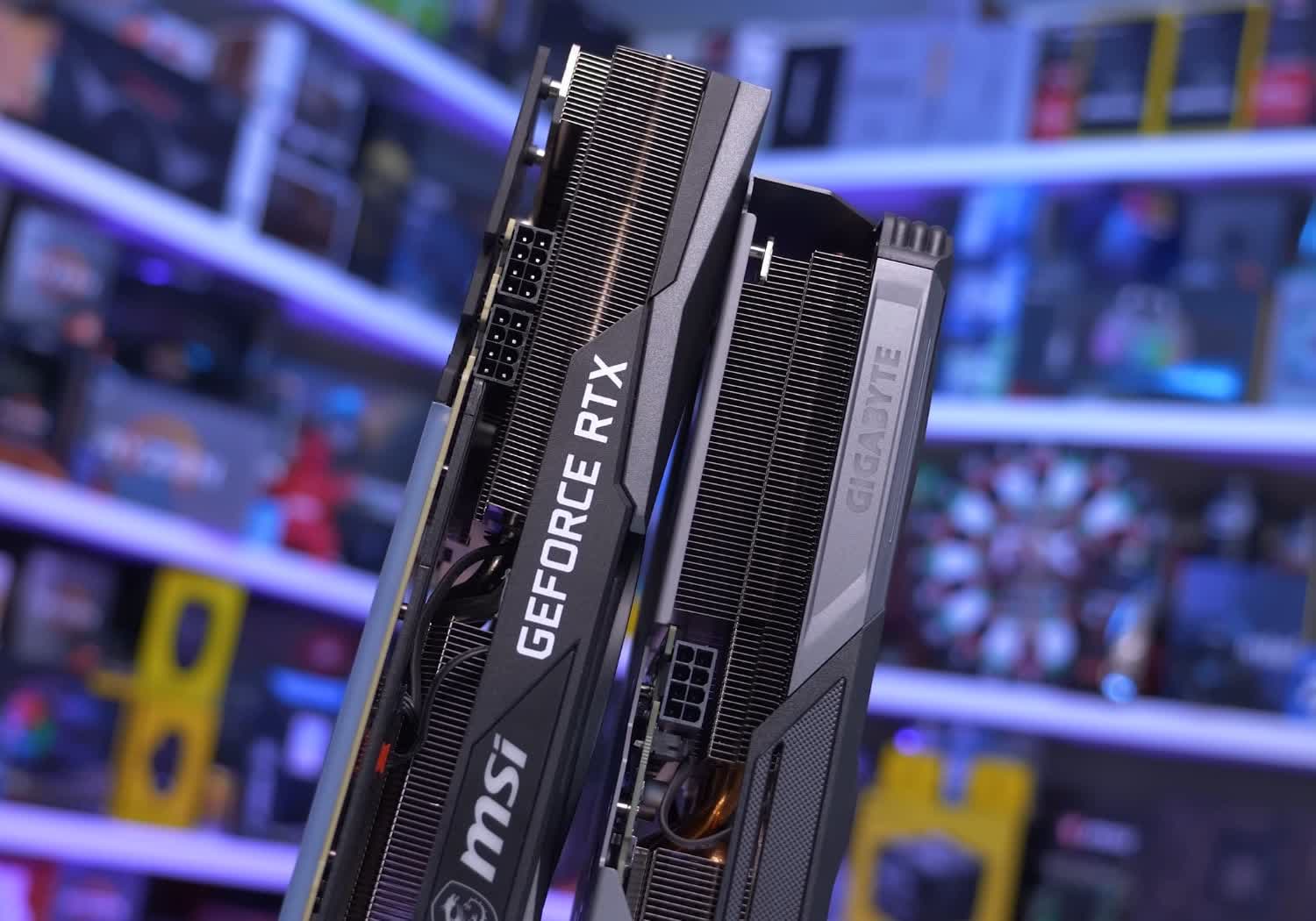Check out my introduction to quantum mechanics course on Brilliant! First 30 days are free and 20% off the annual premium subscription when you use our link ➜ https://brilliant.org/sabine.
Two weeks ago, Microsoft made a big splash in the media by claiming that they’d found a way to build a scalable quantum computing platform which could reach one million qubits in a short period of time. They claimed this was possible with the help of a type of topological qubit called Majorana states. But it appears there are several… issues with the company’s published research. I have a quick summary.
The video with the comments from Sergey and Vincent is a one hour long discussion which you can watch in full here: • Majorana Fireside Chat: HOW CLOSE ARE…
🤓 Check out my new quiz app ➜ http://quizwithit.com/
💌 Support me on Donorbox ➜ https://donorbox.org/swtg.
📝 Transcripts and written news on Substack ➜ https://sciencewtg.substack.com/
👉 Transcript with links to references on Patreon ➜ / sabine.
📩 Free weekly science newsletter ➜ https://sabinehossenfelder.com/newsle…
👂 Audio only podcast ➜ https://open.spotify.com/show/0MkNfXl…
🔗 Join this channel to get access to perks ➜
/ @sabinehossenfelder.
🖼️ On instagram ➜ / sciencewtg.
#science #sciencenews #tech #quantum
